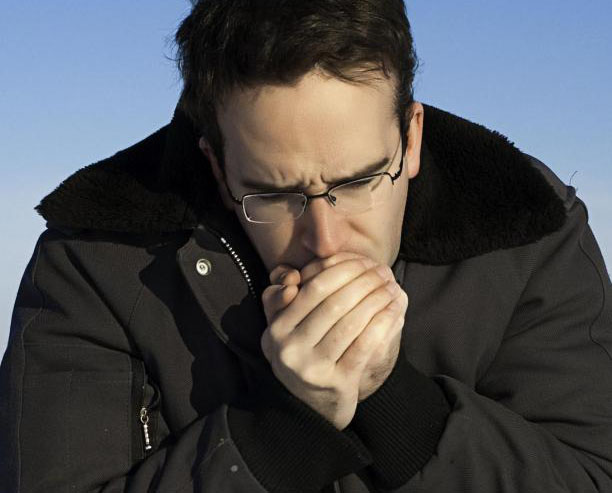Winter Airbrushing Tip: Watch those temps!
TEMPERATURE ALERT! Just a little Painting PSA (Public Service Announcement) 🙂

If you read nothing else on this post, just remember that warm paint will stick much easier to a warm painting surface than to a cold painting surface! If you want a bit of the ‘how’ and ‘why’, read on 🙂
It’s that time of year!! The weather is definitely cooler, or colder,
So, what does temperature have to do with painting models? Three things:
- The temperature of your painting surface (your model, in this case)
- The temperature of your paint
- The ambient (air) temperature of your painting area
Many people forget it or never even consider it, and many people new to airbrushing aren’t even aware of this, but

Remember, your airbrush is not a spray can – the propellants and ‘hot’ thinners of a spray can make priming and basecoating much simpler than using an airbrush, even in humid or cold conditions. However, if you’re using acrylic paints like most wargame/figure painters, the paint won’t “bite” into the surface like spray can paint tends to do, which means your painting surface must be clean, prepped, primed and at the right temperature to let the paint stick long enough to dry and cure properly. I’ve put model parts in the oven to warm up, so I can lacquer them outside – it’s all a matter of using what you have to get the job done.
So, what is the right temperature for your painting surface? Opinions may vary, but a general “room temperature” of 20-21 degrees Celsius or 70-72 Fahrenheit is quite warm enough to let properly thinned and sprayed airbrush acrylic paint to stick to your surface.
This means that as long there are no other issues (such as dirty/greasy surface, spraying from too close or too far away, etc.) the paint should stick to the surface firmly enough to dry properly.

Now…how do you achieve the proper temperature for your paints and models? The easiest solution is to paint in a heated room of your house or apartment, but if that isn’t possible (I paint in a loft, others paint in a garage or a garden shed), here are some ideas to ponder:
- Use a room heater – safely, of course! Oil radiators take a while to warm
up, but work well for well-insulated areas. In drafty rooms orgarages a blower heater that can heat a specific corner might work better. - Keep a thermometer near your painting area so you know what the temperature is – if you’re moving things around while wearing a hoodie or other layers, you will naturally think the temperature is warmer than it actually is.
- Let your models and paints warm up. Don’t forget a test piece! see below. Be careful not to MELT anything, I’ve done this with plastic paint bottles in front of a blower heater! They just need a bit of warmth, you don’t need a laser temperature gun or anything, you’ll be able to tell when you put a cold thumb on the painting surface.
- When you think things are ready to go, do a test – spray your paint on a scrap model or bit of plastic/resin. Always do this anyway! never ever do
a first spray directly on the model you’re painting. If the paint isn’t sticking and everything is at your usual spec (air pressure, spray distance, thinning, etc.), it is very likely that the painting surface needs to warm up further. - Once everything is ready to go, carry on painting!
So that’s it, it’s a pretty simple tip but it’s an important one that is easy to forget this time of the year 🙂 More advantages of having a sufficiently warm painting area: you’ll want to paint more, and your hands won’t be shaking!

If you have any questions or suggestions for future blog posts or tips, post a comment!
